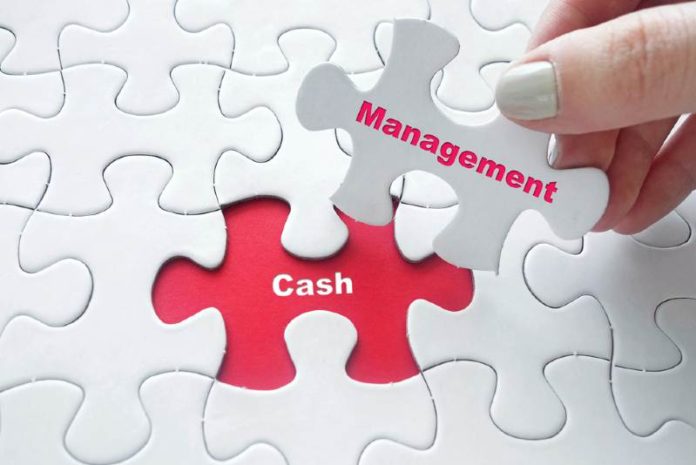As a small business owner, you know that technology has changed the way in which we get things done. Customers rarely use cash, mobile-friendly websites are expected, and having a social media presence is non-negotiable. So, why haven’t we all adopted electronic payments?
A 2018 study by the AP & P2P Network found that 39% of business owners who make the majority of their payments by check today expect to only make 18% by check in the next three years. Coming in as the most dominant method: ACH payments.
ACH payments are quicker, more efficient and safer. While not every vendor will be willing to accept electronic payments right away, transitioning what payments you can and taking extra precautions to protect the remainder will save you hassle and headache.
Electronic payments are faster & more cost efficient
When checks you’ve issued have yet to be cashed, completing your books can be time consuming. Although you might reduce your account balance for your internal records, your bank account won’t make that same reflection until the money is removed from your account. This confusion and delay will undoubtedly have a negative effect on your reconciliation process.
This issue is avoidable with electronic payments because you establish the timing of funds settlement and don’t have to wait on the payee to take action. This approach also makes it easier to cash forecast and more efficiently manage your working capital.
While electronic payments usually cost a few cents, paying by check could cost as much as $20 after you add in the cost of materials, preparation time, and postage fees. The most valuable commodity that check writing consumes, however, is time. Printing checks, collecting signatures, addressing envelopes and visiting the post office could take hours. That is valuable time you could be using to more strategically run your business.
Your opportunity for fraud is reduced
Fraud is a drain on revenue for business owners. While there’s little any of us can do to stop fraudsters from attempting criminal activity, you can protect yourself by minimizing the amount of information that is easily exposed. One of the simplest ways to do this is to reduce the amount of information you send out—like the information found on your checks.
Every time you send a check through the mail, your account number, routing number and signature are exposed. And if at any time that check is intercepted by someone it is not intended for, your account could be compromised. Your risk of fraud is reduced drastically with electronic payments because sensitive information is protected.
While transitioning to an electronic payment system seems like a no-brainer, not all of your suppliers will be ready to make the change. In this case, you should take extra precautions to protect your account. That’s where your bank can help you.
Most banks have cash management services available that can shield your accounts from unauthorized transactions. Tools like Positive Pay and ACH debit filters decrease errors and the risk of fraud, increase efficiency and improve your company’s overall financial health.
Positive Pay
Positive Pay protects your account before you incur a loss. With this service, your bank is able to verify checks presented for payment against your approved check register. If someone tries to cash a check that is altered in any way, you’ll receive a notification from your bank with details. You can then verify or return the check. All of this occurs before the payment is processed which keeps your money secure.
ACH Debit Filters
While electronic payments are more secure than check payments, they aren’t immune from fraudulent activity. Criminals can easily attempt electronic fraud once they have your account information, but your bank can help you combat this.
ACH Debit filters are a form of electronic fraud protection that notify you in advance if an unauthorized draft is attempting to clear your account. You provide your bank with an approved vendor list and receive an alert for any unapproved debits. If you’re familiar with the transaction, you have the option of approving it and adding the vendor to your authorized list or giving the vendor a one-time clearance. If you’re unfamiliar with it, simply block it and let your bank handle the rest.
Changing the way in which you’ve done things is never easy but adopting a system that is safer and more efficient will benefit your bottom line. Consult with your banker about the various ways in which you can further protect your payables and save time, money, and headaches.
Emily Dixon serves as a Regional Treasury Solutions Consultant for United Community Bank, one of the southeast region’s largest full-service financial institutions.
Cash management stock photo by Rei Imagine/Shutterstock







